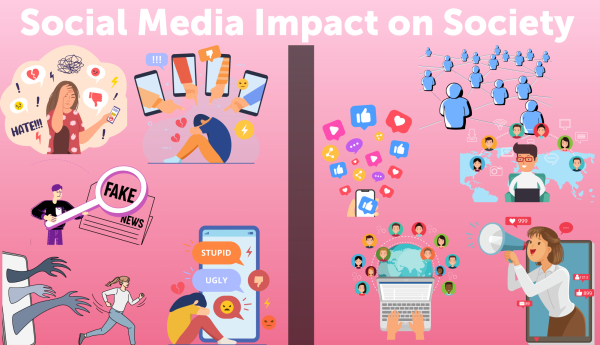Connecting to Streaming Services: An Error Has Occurred
For years, streaming services have been an integral part of our day-to-day lives, but from shows being pulled without warning to having to buy extra subscription fees, have streaming services lost their charm?

From extra fees to pulled content, shows have gotten harder to find.
October 11, 2022
It’s been a tiring school week, and you’ve just finished most of your homework. Wanting to take a break, you decide to watch that really good show you’ve been watching for the past month. You plop onto your couch before channeling through the various streaming services; it’s only available on Netflix, so that’s the one you go to. As you scroll through the seemingly endless recommendations by the app, you think about the show in excitement: I wonder what’s going to happen next, that character’s death was so sad, I love that character so much, hopefully the ending won’t be a letdown…. But as you try to find the show, you realize that it doesn’t appear to be in the app.
Students like junior Alisha Jenkins faced this reality. “‘Ouran High School Host Club’ got removed from Hulu — I think it was a few months ago,” Jenkins said. “It showed that there were 15 days left [before its removal], so I had to binge it, like, ten billion times. It made me realize that a lot of shows I love [are] probably not going to be on streaming services at one point.”
Although pulling of media from services is a common experience, the amount removed has increased exponentially over the past year. This has led to services such as Netflix removing content they licensed from other sources and releasing more original media. These changes are caused by something that has affected us all lately: cost issues. When a service hosts a tv show or movie that was not created by them, they pay money to the producers of that content. Even if there is a good amount of people that watch that piece of media, it hurts the company if there aren’t enough people watching it, and they are forced to remove it in an attempt to cut expenses.
Among the movies and TV shows removed, animated media makes up a statistically large percentage. Junior Adith Pashya partially chalks this up to animation still being seen as something only for children. “After 80 years, almost 100, of [animation] being around, it’s still not respected as an art form to the degree of live-action movies or live-action TV shows,” Pashya said. “It’s just as much an art form.” This stereotype has led to many services pulling animated media more than live-action, such as HBO Max, which recently had 36 animated shows cut from their array in August. This seems to be a common theme with most services, as they plan to cut titles due to them being “not as popular” and therefore not bringing in as much revenue.
In March 2022, Disney+ announced a new type of subscription that would be implemented later this year: ad-supported subscriptions. Later in July, Netflix announced the same concept after its report of losing over a million subscribers. This time, it will be released at least a month earlier than Disney’s, in early 2023. Inflation is to blame for this huge increase in subscription prices, as the cost to run these services hike up and cause them to increase their prices to maintain profitability. This led to the introduction of cheaper subscriptions with ads. However, this has also brought a huge amount of backlash against these companies, as their services are no longer affordable. “You want to be entertained, you want to watch the fun stuff that you want to watch, but it’s so expensive now,” Pashya said. “Ten, 15 dollars a month — it’s not worth it.”
Along with inflation, a huge increase in competition has raised prices. Netflix, the former king of streaming, has a contended crown. Senior Valerie Heymann said that the variety of media services was better in the past. “I feel like when there were a few [services] around, it was a good healthy competition, because people could choose their favorites,” Heymann said. “Now that a lot of them are popping up, the competition is becoming unhealthy and not sustainable, so people are dropping a lot of their subscriptions because they can’t afford it all.”
It doesn’t help that the large variety of these streaming services are experiencing this increase in price. “I like that [the amount of streaming services] all have different things that you can watch and get into,” Jenkins said. “[But] say there’s a show that you want to watch, but it’s only on that specific streaming service, and it’s not in your budget to pay for it. It’s kind of inconvenient.”
Because of this, some viewers have resorted to piracy in order to stream a show they wanted to watch. “Piracy already has a mixed reaction,” Jenkins said. “There [are] people who take advantage of it, and there[are] people who are against it.”
But those who partake say that the business decisions made by streaming services have encouraged some consumers to pursue piracy. “[Piracy] is totally justified currently, because no one should have to pay that much to watch 5 shows,” Pashya said.
Streaming services like Netflix, Hulu, and Disney+. are not like what they used to be. Nowadays, there is more variety, but it’s become costlier. It’s gotten easier to find an app to subscribe to, but it’s also gotten harder to find a show to watch, as they can become blocked by a fee, or worse, they can be erased from TV altogether.
The future of streaming services seems uncertain, and they do seem to have lost their charm. But if those services want to continue to thrive and receive positive feedback from audiences, they have to listen to them themselves. If not, they’ll continue to make decisions against the desires of their target audiences.





![Standing center stage, senior Ananya Akula conducts the Phoenix Chorale. “[Conducting and teaching] is really fun,” Akula said. “Music education is what I want to do.” On the day of the choir assessment, Akula found out that she received the President’s Music Scholarship – a full ride to the University of Miami Frost School of Music.](https://theblazerrhs.com/wp-content/uploads/2024/04/ananya-1200x800.jpg)

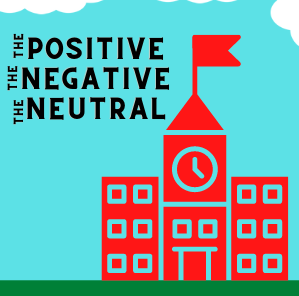

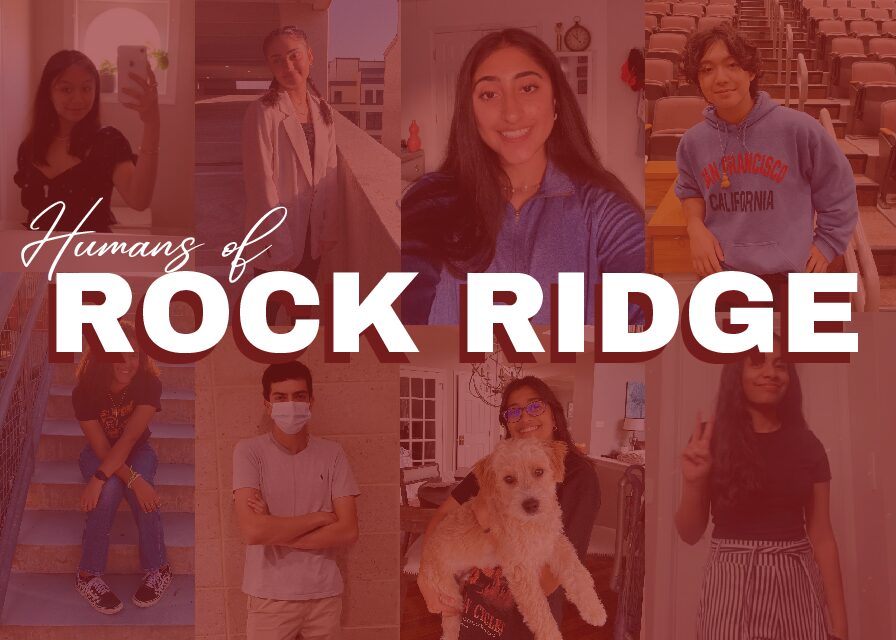


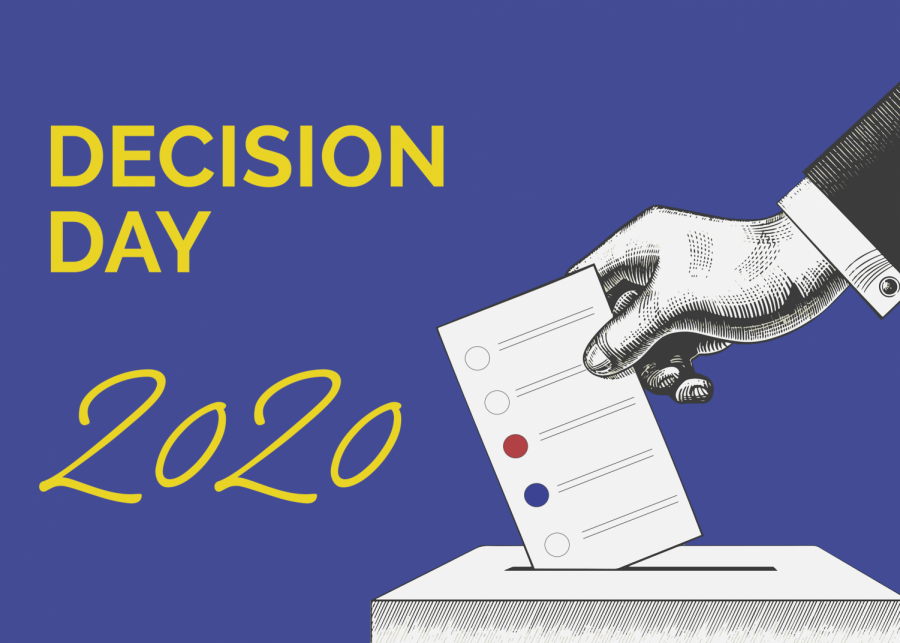





![With the energy and effort the Bolts were bringing to the game, the Phoenix had to step up and match them to make it through their first game of the season. Many of the girls on the team, including freshman Nazly Rostom, have been playing soccer since their childhood and have grown a love for the sport as a result. “It was fun to see how we actually played in a [real] game,” Rostom said. “Even though the outcome was not what we were hoping for, I’m still happy we got to play together.”](https://theblazerrhs.com/wp-content/uploads/2024/04/DSC_0154-1200x800.jpg)


![Held up by a group of cheerleaders, flyer sophomore Leyu Yonas poses as part of a stunt, also supported by flyer junior Shayne Mitchell behind her. (Left) Prior to the pink out football game on Oct. 13, the athletes practiced in the aux gym from 5 p.m. to 6:30 p.m. (Right) On Oct. 19, the cheerleaders competed in their District Championships at Woodgrove High School. “We definitely put all our effort on the mat [at Districts], and it showed,” Mitchell said. Left: Photo by Nadia Shirr. Right: Photo by Steve Prakope via Victor O’Neill Studios.](https://theblazerrhs.com/wp-content/uploads/2023/11/feature-image-1200x823.png)
![Sophomore Xavier Smith (6), the Phoenix quarterback, runs the ball as his teammates help hold up the defense. “My [offensive] line collapses, so I just [have to run], and its a good way to get first downs because [Tuscarora’s] defense was really good,” Smith said.](https://theblazerrhs.com/wp-content/uploads/2023/11/IMG_5383-1200x897.jpg)
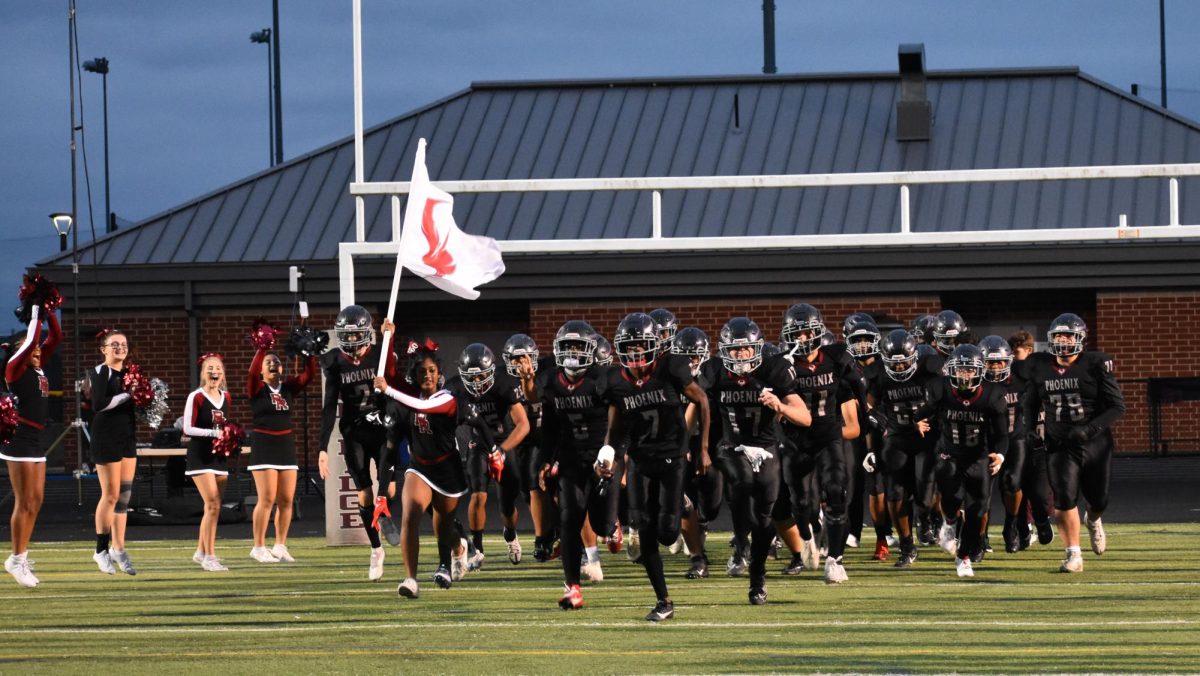
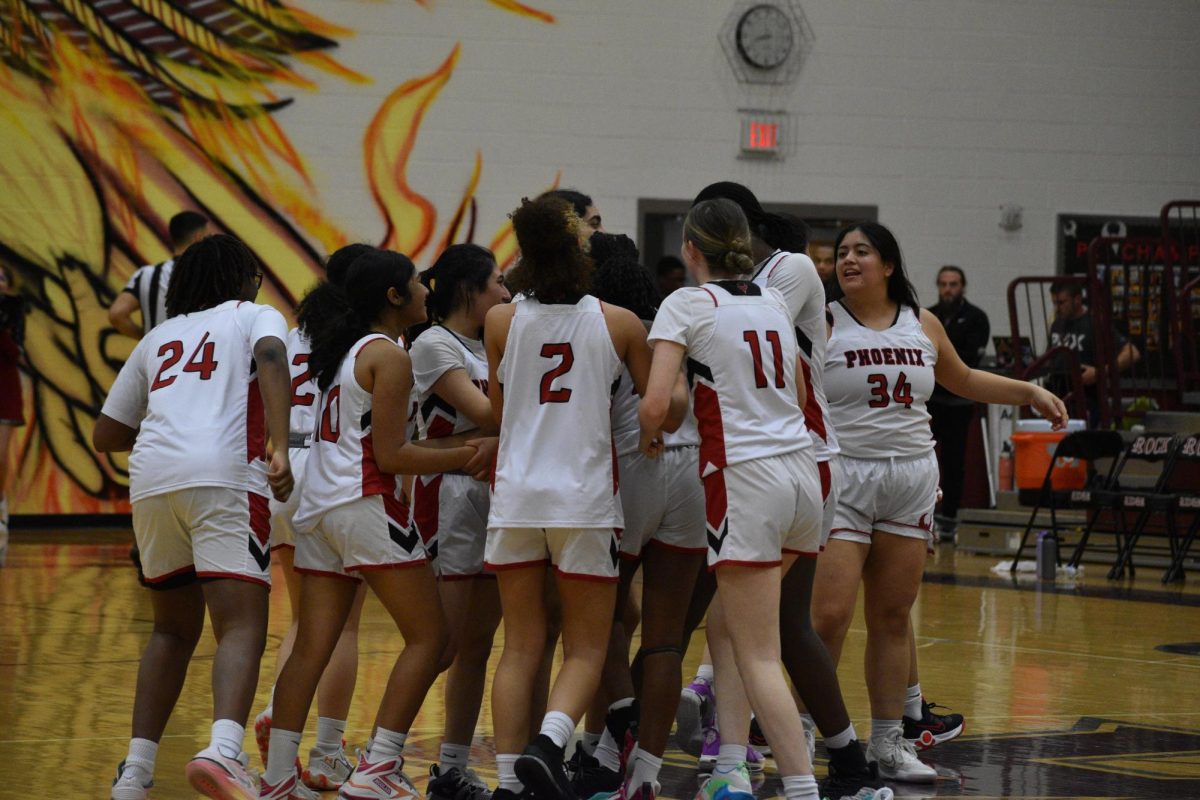

![As the referee throws the ball up for the tip-off, freshman Simone Diby leaps towards the ball to get it in Phoenix possession. Diby is a new member of the Phoenix girls basketball team, and despite it being a change, she finds it enjoyable. “It’s definitely a different experience if you’ve never played on a team, [but] I think it’s still fun.”](https://theblazerrhs.com/wp-content/uploads/2024/03/DSC_0057-1200x662.jpg)




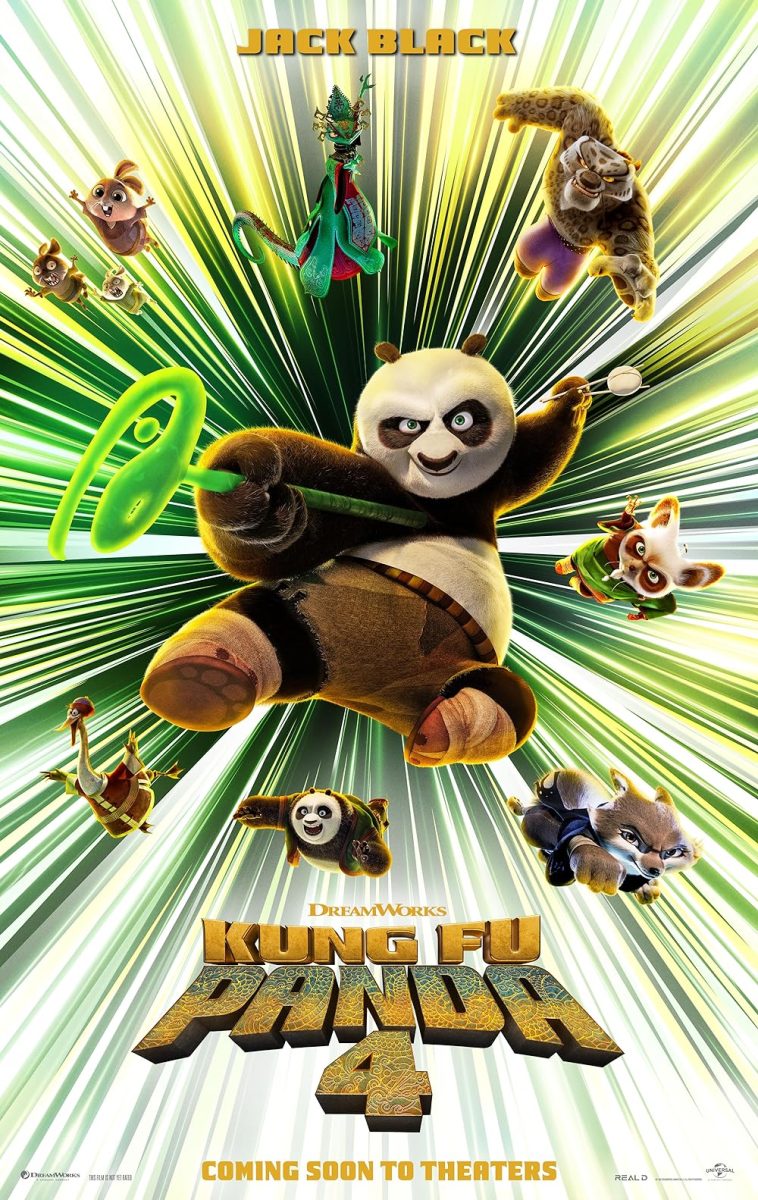

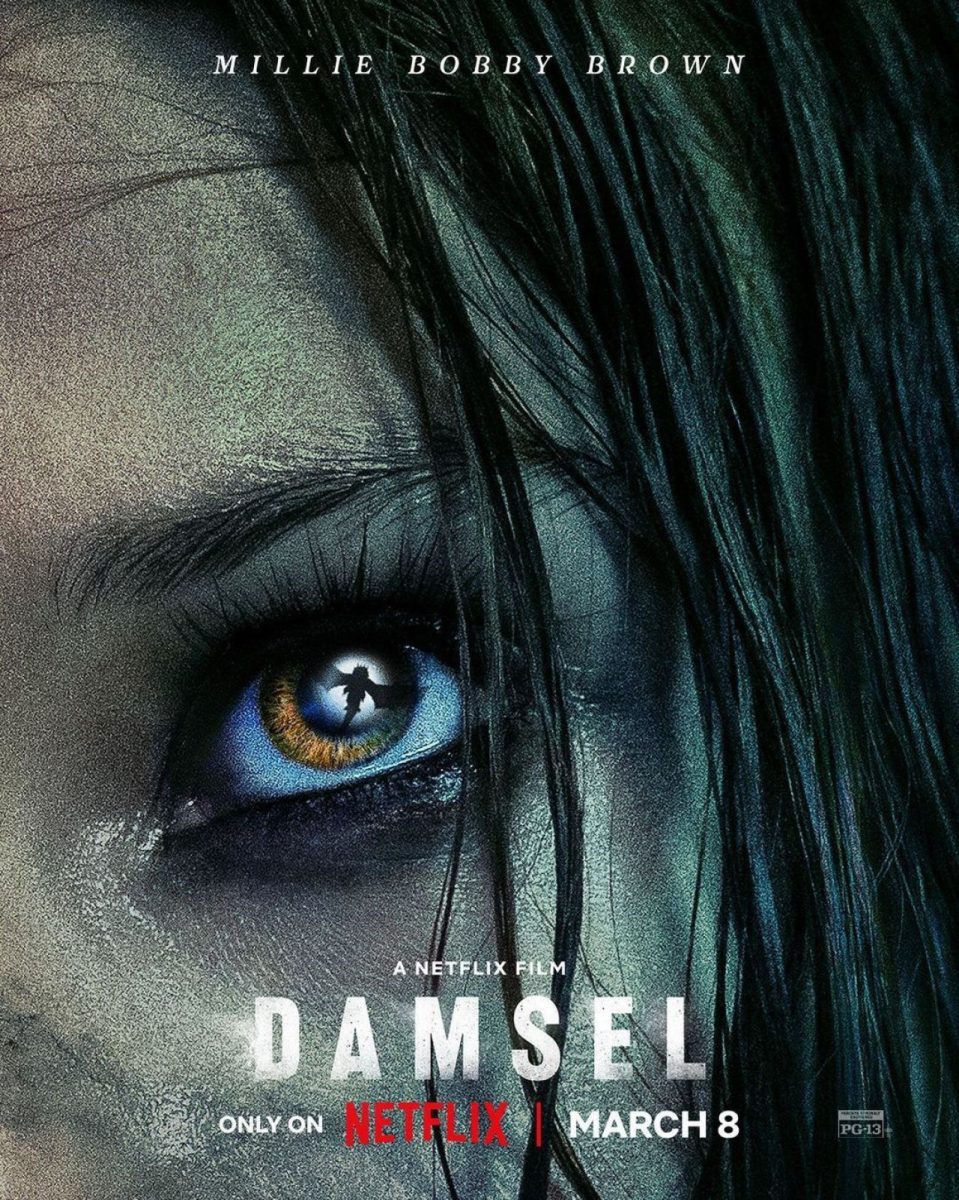

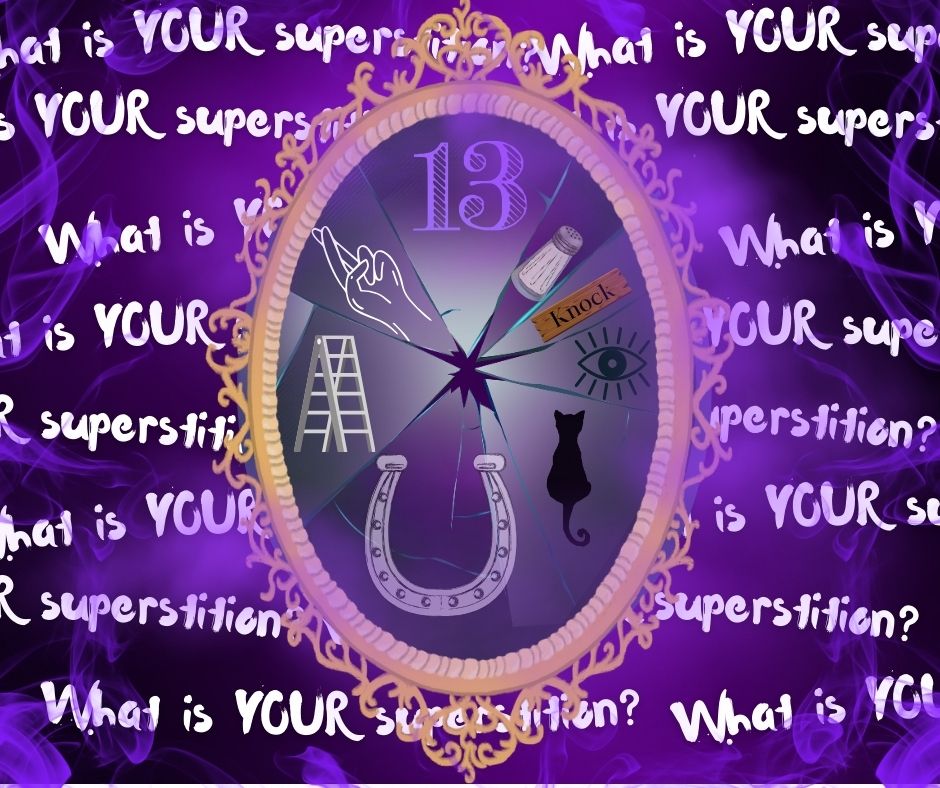
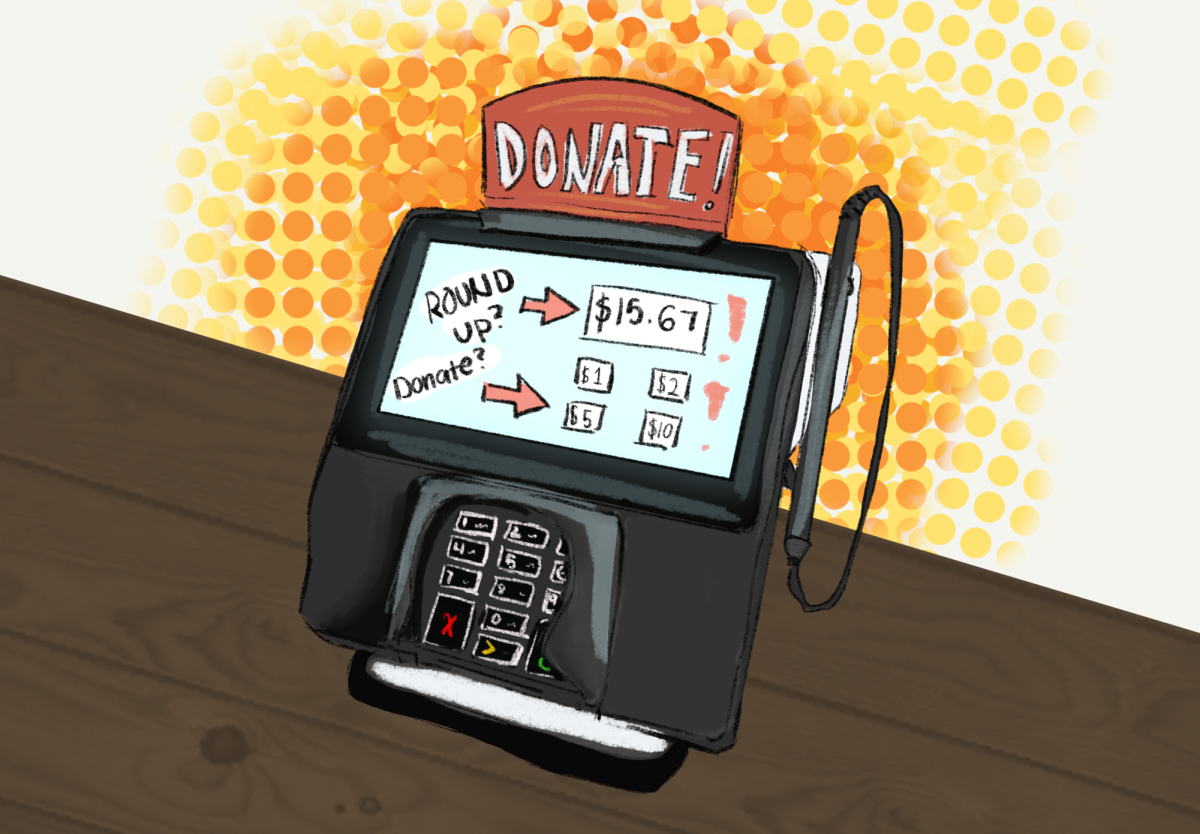




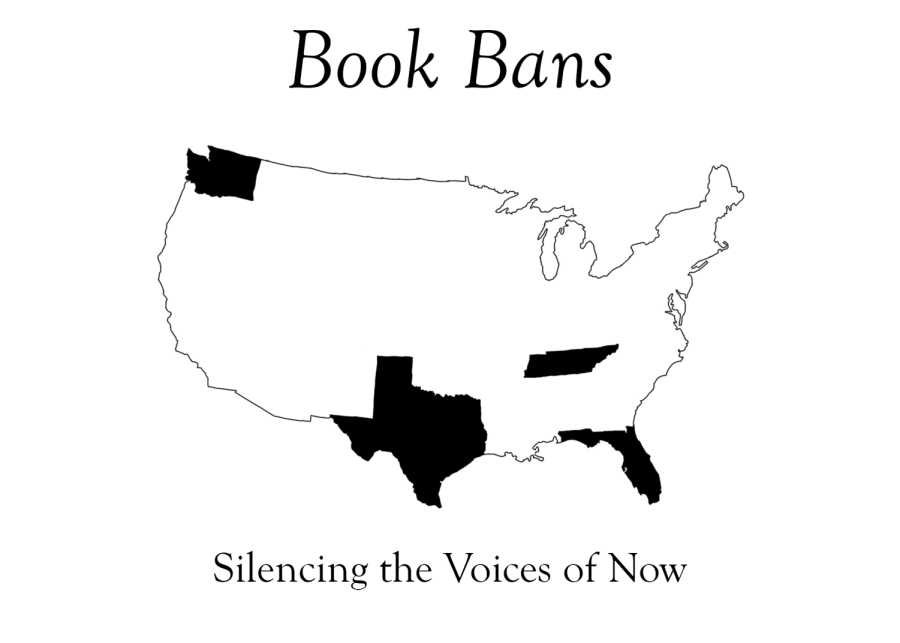










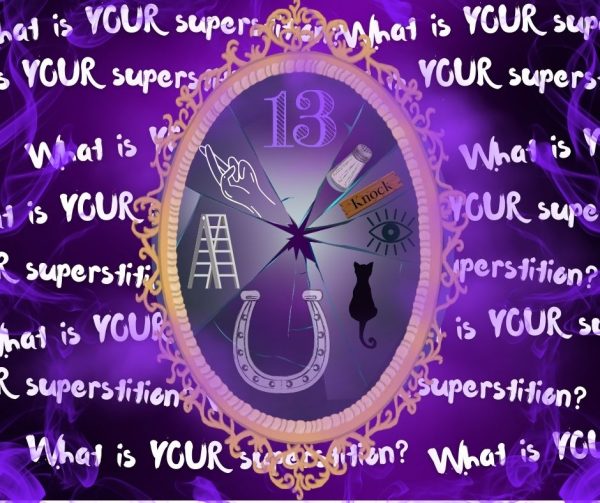
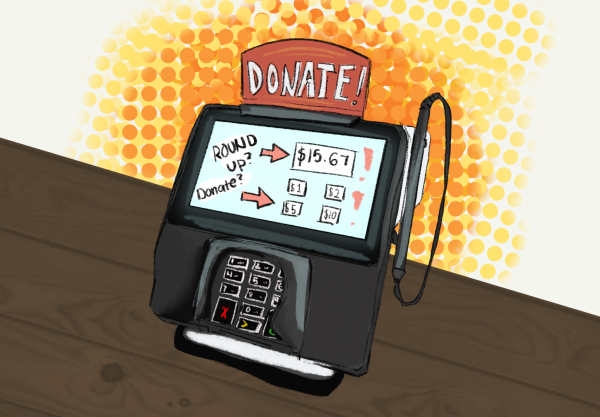



![Gracing stages, football games, and even the big screen, Taylor Swifts popularity doesn’t seem to be declining anytime soon as she’s been almost everywhere on social media, and just this December, [Swift] won TIME Magazine’s Person of the Year award. This brought along magnificent pictures of Swift, articles praising her, and some controversy between Swifites (Swifts most devoted fans), and other people on whether or not she should have won this award.](https://theblazerrhs.com/wp-content/uploads/2024/04/taylor-swift-person-of-the-year-1-547x600.png)
